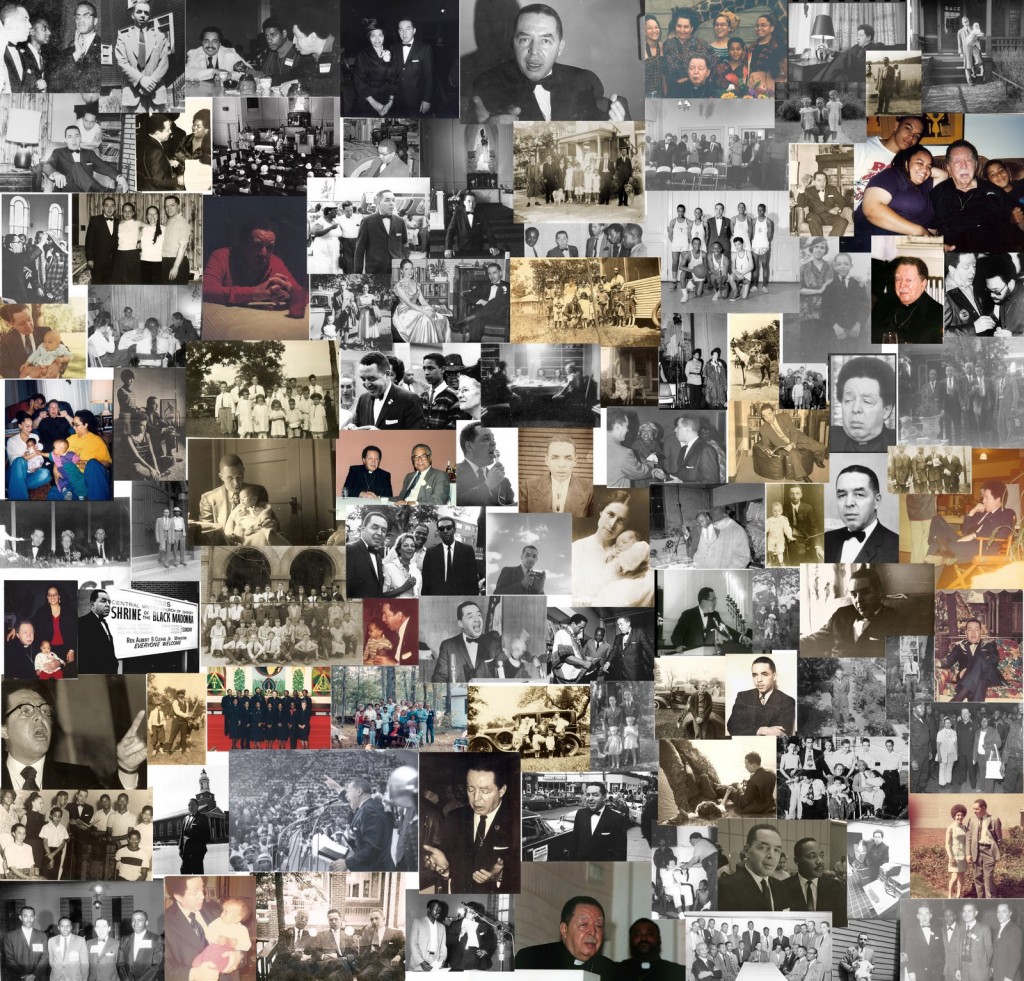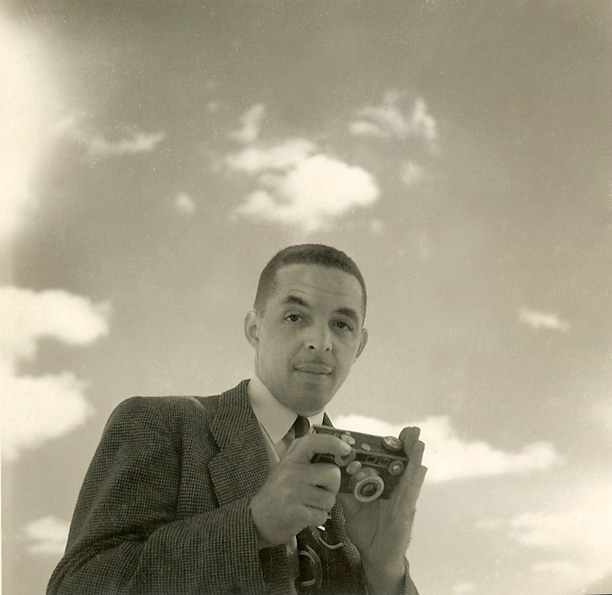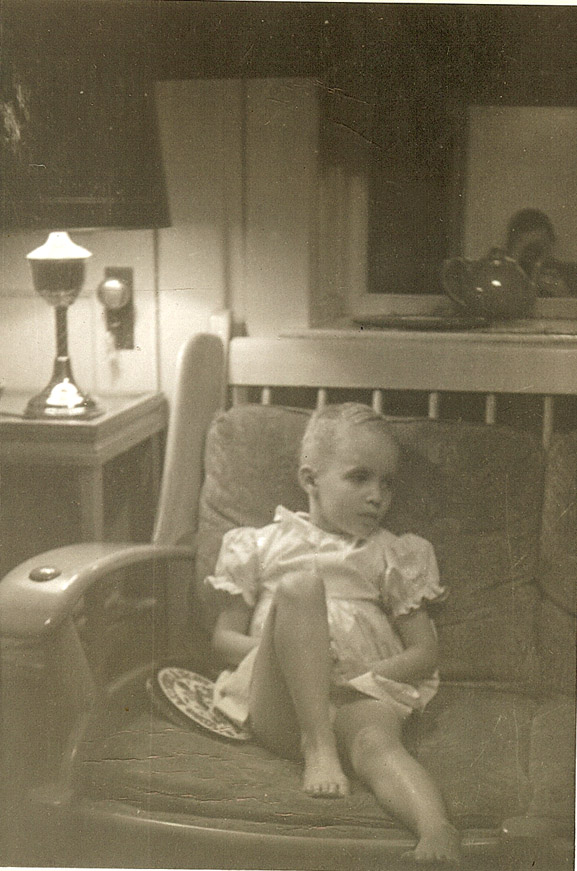This is my ninth year of blogging the A to Z Challenge. Everyday I will share something about my family’s life during 1950. This was a year that the USA federal census was taken and the first one that I appear in. At the end of each post I will share a book from my childhood collection.
My father turned 39 on his birthday, June 13, 1950.
In the final assessment of the “Years of Transition and Trial.” the History of St. John’s Congregational Church says:
“In the five years that Mr. Cleage was at St. John’s he increased the church membership and the value of the church property, and enlarged and expanded the community service activities by establishing the St. John’s Community House at 643 Union Street with a completely equipped settlement house plant.
While in Springfield, Mr. Cleage was active in civic affairs, serving on the Executive Committee, the Legal Redress Committee, and the Housing Committee of the NAACP, and participating in the Round Table of the Conference of Christians and Jews, the YMCA, and the American Red Cross. He inaugurated Sunday Cultural Vesper Services and programs. At one of these, Langston Hughes was presented. Mr. Cleage was also a popular speaker and lecturer on New England college campuses.
With the death of Dr. DeBerry and the departure of Mr. Cleage a turbulent perirod in the history of St. John’s Church came to an end, and once again the church set about the task of finding a new minister, one who, perhaps, could close the breach that still divided the congregation.”
From Prophet of the Black Nation by Hiley H. Ward ©1969 United Church Press, pg 66.
Although much of his time was taken up with the church and community activities, my father found time to make an excellent photographic record of his two daughters time in Springfield. He took so many photographs of my sister and me during our years in Springfield. Before we were born he took many photographs of our mother, Doris Graham Cleage. Afterwards she only appears in a few along with us. Perhaps she didn’t have the time to pose any more. Perhaps we were just so interesting. As I put this series together, I wondered what her thoughts were about it.
This shot was taken in our living room in the parsonage of St. John’s Congregational Church in Springfield, Mass. For years I never noticed my father reflected in the mirror. I looked everywhere for that teapot in later years but it was lost in one of the various moves. It was blue with a gold design over it. The couch was with us for many years. By Christmas of 1950, the cushions had been replaced or recovered with red leather like fabric which is how they were until the couch disappeared from my life. I remember that table, which was also around for a long time. And those little plastic records my sister and I used to play on our parents’ record player and then on our own little phonograph.

Click this link Bertram and the Ticklish Rhinoceros to find some of the pages and illustrations from the book.




Wonderful memories…especially the color of the teapot! It reminds me of the beautiful blue glass which my dear sister took from my mother’s house, along with the china cabinet, and then I wonder what happened to them all when my sister died. Memories are all that remain.
I wonder what happened to those photos of my grandmother as a baby and a twelve year old that my sister lost.
That first photo is really nice, but I like the details in the second one 🙂
The Multicolored Diary
I like that one too.
What a great record! I’m the photographer in our family, which means there are very few pictures of me because I’m the one taking them. Maybe I need to take more pictures with a mirror in the background! lol
R is for Regeneration
lol. Yes, do it!
I love the photo collage — you sometimes hear the term “snapshot” used as “summary” or “quick look” when trying to get a ‘snapshot’ of a situation or a person or a movement. But really, the most accurate “snapshot” consists of several different snapshots presented together. Which makes collages like the one you created all the more special.
So many amazing images in that collage. He was committed to the cause and obviously worked very hard.
That is true.